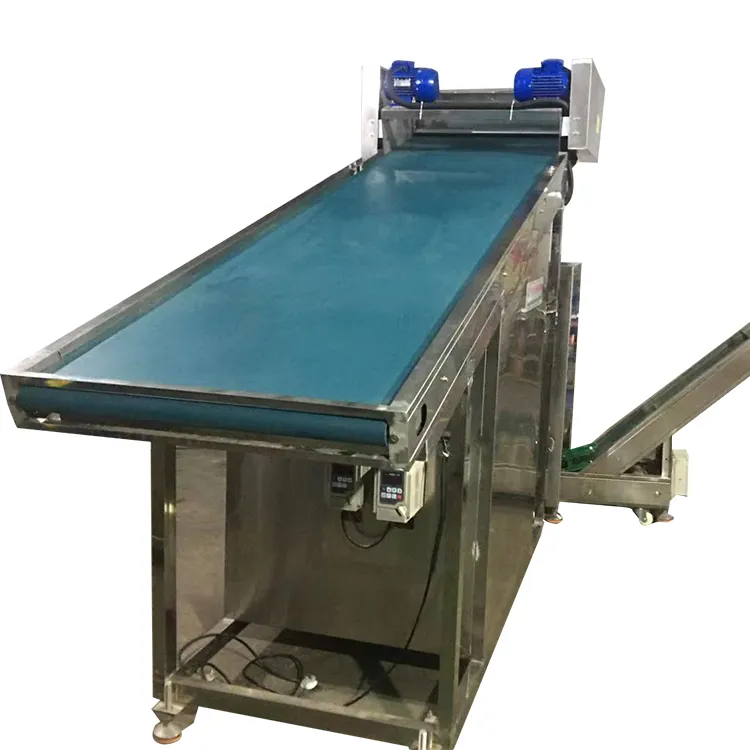From Concept to Creation: Understanding Puzzle Making Machinery Workflow
Puzzle making may appear simple at first glance, but the intricate designs and precise cuts that go into creating these brain-teasing games require advanced technology and a well-organized workflow. From concept to creation, puzzle making machinery plays a crucial role in bringing these puzzles to life.
Design Concept and Digitalization
The process begins with the initial concept or design for the puzzle. This can range from traditional jigsaw puzzles with picturesque landscapes to more complex designs that challenge the solver with unique shapes and cut patterns. Once the design is finalized, it is transferred to a digital format that can be read by the puzzle cutting machinery.
Cutting Process
Next, the puzzle design is loaded into the puzzle cutting machine, which is equipped with advanced technology such as laser cutting or die cutting capabilities. These machines are specially designed to cut materials like cardboard, wood, or plastic with extreme precision, ensuring that each piece fits together perfectly.
Precision Cutting
The cutting process itself is a fascinating blend of art and science. The machinery follows the pattern outlined in the digital design, cutting each piece with incredible accuracy. Some machines are even capable of cutting intricate shapes and designs that would be nearly impossible to achieve by hand.
Quality Control and Packaging
After the cutting process is complete, the puzzle pieces are carefully removed from the machine and inspected for quality control. Any pieces that do not meet the standards set by the manufacturer are discarded, ensuring that only the highest quality puzzles make it to market. Once the puzzle pieces have passed inspection, they are packaged and shipped to retailers or directly to consumers.
Innovation and Future Trends
Throughout this entire workflow, the puzzle making machine plays a vital role in ensuring that each puzzle is created with precision and care. From the initial concept to the final product, these machines make it possible to bring even the most complex puzzle designs to life. In addition to traditional jigsaw puzzles, puzzle making machinery has also been used to create innovative new puzzle formats. Puzzle manufacturers are constantly experimenting with new shapes, sizes, and materials to push the boundaries of what a puzzle can be.
Conclusion
Overall, the workflow of puzzle making machinery is a seamless and efficient process that allows manufacturers to produce high-quality puzzles with speed and accuracy. As technology continues to advance, we can expect to see even more innovative puzzle designs and cutting techniques in the future. From concept to creation, puzzle making machinery is truly revolutionizing the world of puzzles.